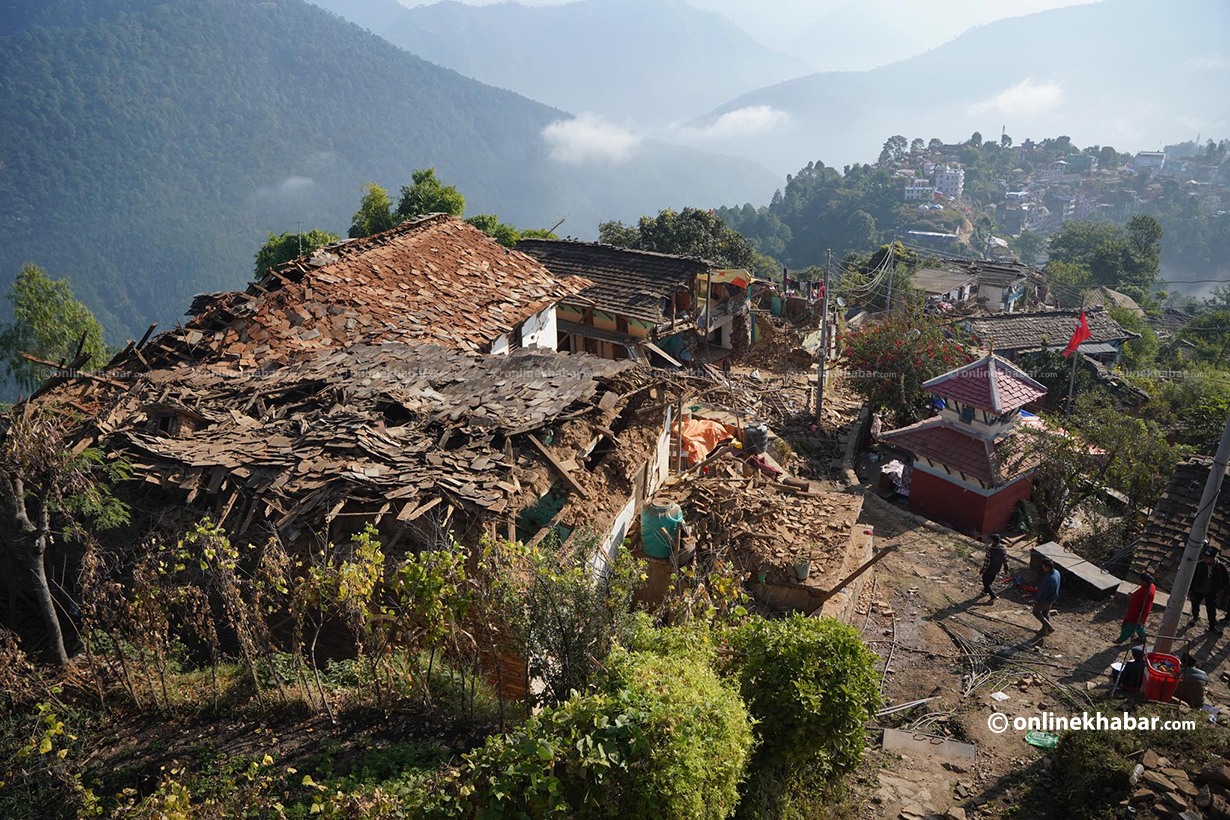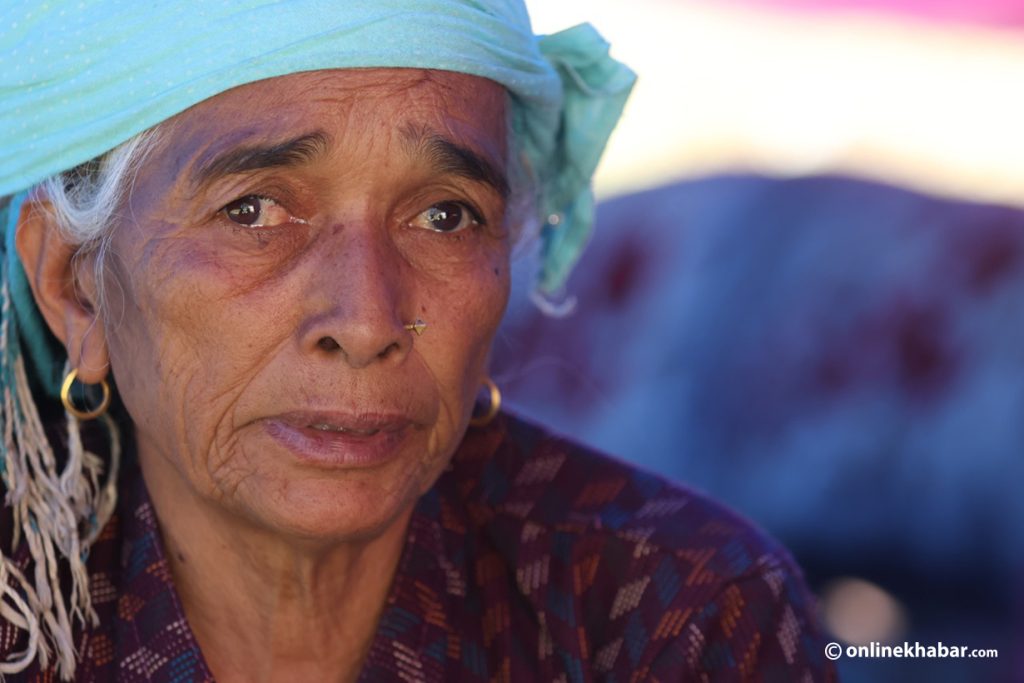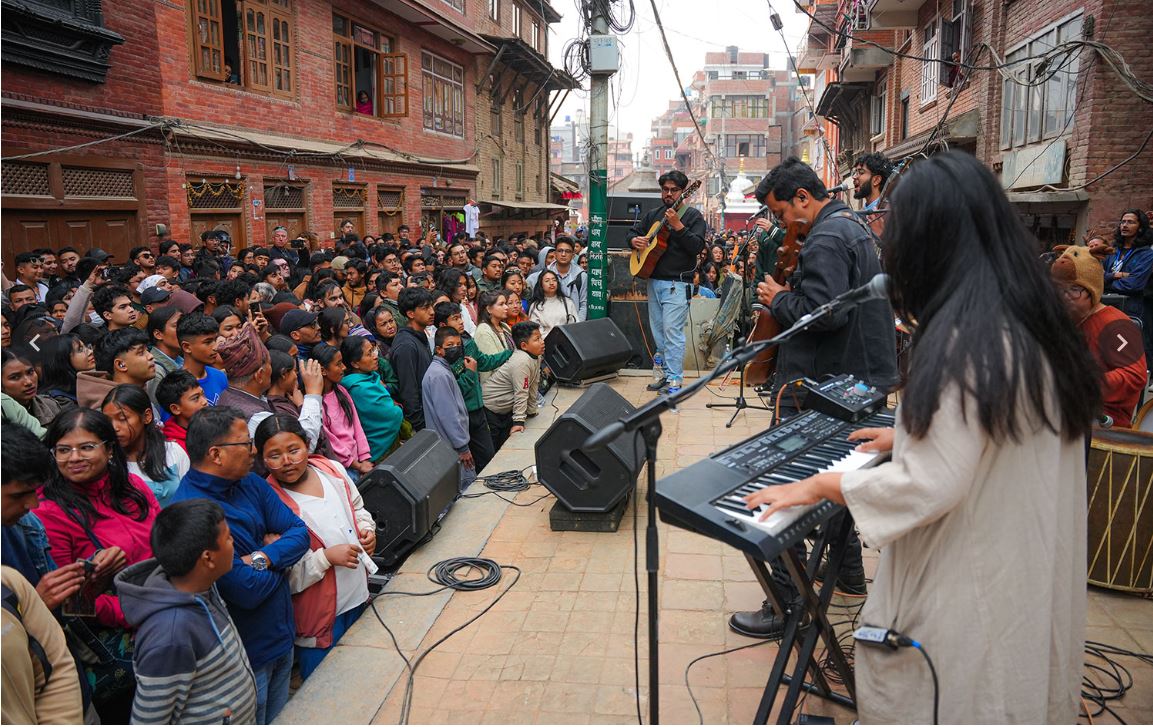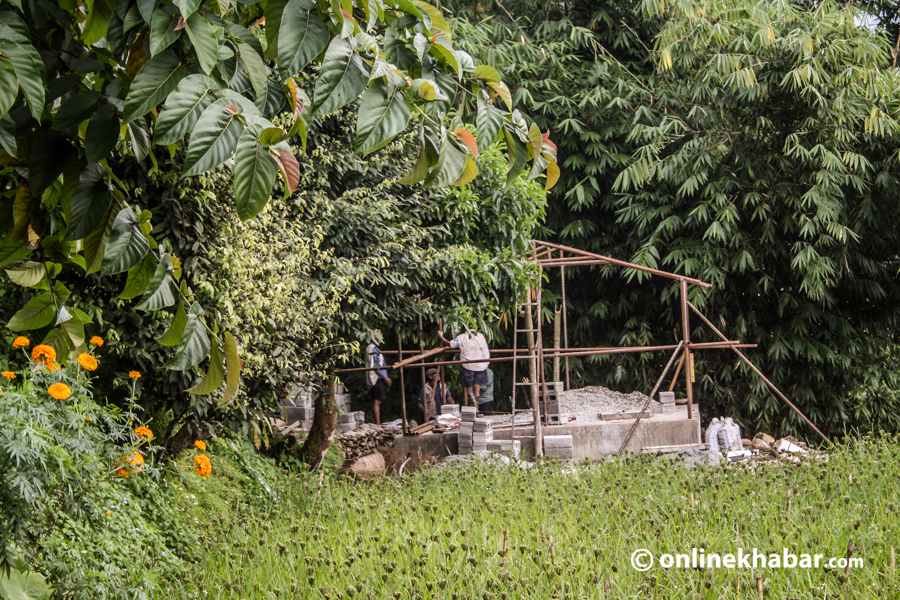
Forty-two months on since the devastating earthquake on April 25, 2015, people whose houses collapsed in the quake are still living in makeshifts shacks, waiting for help from the government.
There are multiple reasons why the National Reconstruction Authority, the government body formed to spearhead the reconstruction works, has failed to show its impacts.
The first reason is not recognising the magnitude of damages in areas. The NRA divided affected areas into two zones – highly affected and less affected. But what they did not realise is that areas like Lamjung which was quite close to the epicentre were highly affected.
“The work here in Lamjung started 18 months after works in the highly affected areas. But after the surveys in 2017, we realised that the magnitude of damage here was quite severe,” says Shiva Regmi, District Coordinator for NRA’s District Level Project Implementation Unit.
Here are few other reasons that affected the reconstruction works across the country.
Support: Too little, too late
The earthquake occurred in April 2015, but Regmi states that the NRA sent engineers only in January 2018. “By the time they came, most had already built their houses with the first instalment we gave them.”
“The engineers came two years later than deployed by the NRA,” complains Kaski district’s Annapurna Rural Municipality Chairman Yuva Raj Kunwar. “People had already started building houses and we had to provide engineers ourselves.”
That created a new problem because the second and third instalments of the grants were only given to people who had built homes according to their guidelines.
“Those who had money made earthquake resilient homes, but those who didn’t made normal ones because no one wanted to live in the makeshift shacks during the monsoon,” adds Regmi.
“I am not as rich as others in the village, which is why I’m rebuilding it in my own way. I couldn’t wait much to put a roof over my family’s head,” adds Krishna Kumar Damai from a village near Besisahar, the district headquarters of Lamjung.
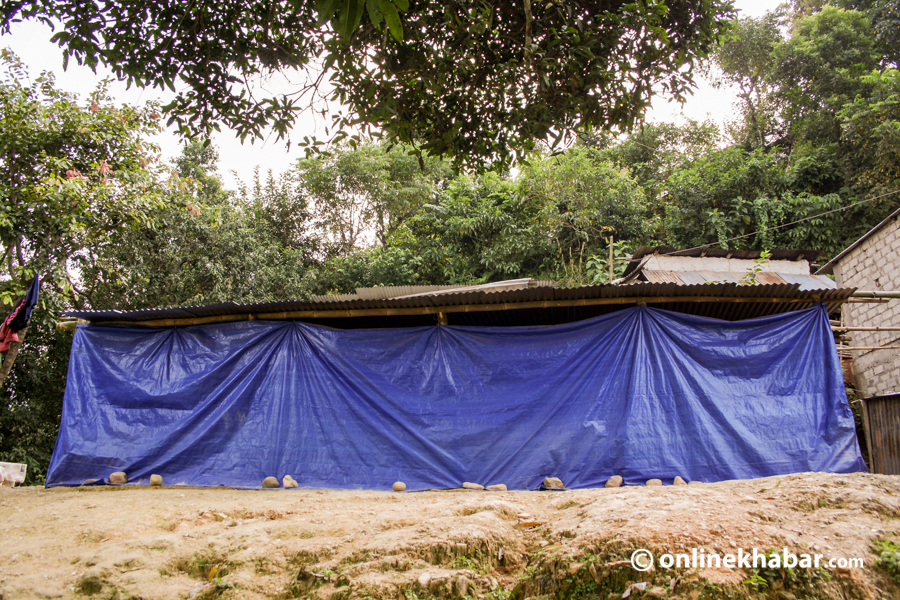
No trained masons
Finding skilled masons was a big problem despite the availability of technical support. This is a recurring problem in the villages as a lot of youngsters have left for big cities or the Gulf. Regmi says, “People had to bring masons from farwest regions because they were the only ones they could afford.”
His thoughts are echoed by Jamuna Bhattarai, an engineer deployed by the NRA in Kaski. “There are many houses in the less affected areas that could be strengthened by retrofitting. But due to lack of trained masons, people don’t want to think about it and spend money on building new ones,” she shares.
For the past decade, government and nongovernmental organisations have been giving masonry training to villagers, but that training hasn’t come to use in villages. “The organisations gave them daily allowance during training. Most joined in only for that. There have been many who took the CTEVT training but they only did so to get certificates which would help them get jobs in the Gulf countries,” adds Regmi.
Lack of technical help
Lack of masons wasn’t the only problem. The number of NRA engineers was insufficient to meet the need. For example, the total number of engineers deployed by the NRA in Lamjung district is 42 which include engineers, sub-engineers and assistant sub-engineers who have to monitor over 10,000 houses being rebuilt in the district.
“If you take Rainas Municipality, we only have six engineers, who have to monitor 3,000 homes. It is 500 homes per engineer and all of them aren’t together which makes it quite tough for them,” adds Regmi, who shares that there is more technical help in neighbouring districts than in Lamjung.
“We have to walk for hours. The government doesn’t provide us with a vehicle which makes it even more difficult because our motorbikes can’t go everywhere,” adds Sagar Ranabhat, an engineer in Lamjung.
Fake beneficiaries
There are a lot of people who already have houses in major cities, but have taken government grants. “There are many cases even in the highly affected zones that people who have houses in Kathmandu or Pokhara have taken the grant,” adds Regmi, who says that the government hasn’t deployed enough human resources to negate these loopholes.
As a result, people who are in dire need of government grants haven’t been able to rebuild. Chandra Bahadur Kunwar, 80, of Annapurna in Kaski district is one of the unfortunates who hasn’t been able to rebuild his home. Due to poor financial conditions, he was only able to put up pillars for his new home and is now living in a neighbour’s place for the past three years.
“If the government cracked down on frauds who are just taking the money and building small homes and not even living there, it could be used to give to people like them who are really in need of it,” adds engineer Bhattarai.

Not learning from mistakes
The NRA which started its operations in the highly affected zones didn’t learn from its mistakes. The problems they have faced in less affected zones are similar to those they faced in high affected zones, but nothing was done to make sure operations in less affected zones would be easy.
“Before I came here I had to rebuild my home in Gorkha which helped me a lot because I knew what problems would arise. But what is shocking to me is that the government hasn’t taken this as an opportunity to do good work. It would have been really easy if they learned from their mistakes in the highly affected zones and made sure those mistakes didn’t happen in the less affected zones,” adds Regmi, who feels that problem solving has never been in NRA’s agendas.
Fake promises from leaders
However, that agenda comes from top political leaders, who when addressing the public give out whatever statement to please them. For example, Prime Minister KP Sharma Oli has stated that the government would give everyone affected grants.
“That statement comes up time and again. They tell us that the PM of the country has told you to give us the grants but don’t realise that we as engineers have no power because we have to follow a system that is quite different,” adds engineer Hemant Aire.
Over three years have passed and reconstruction works are still going on. With the festive season in full swing, there are thousands who are still living in temporary shelters. For many families, new clothes aren’t on the agenda because winter is coming and all they care about is having a roof over their head so that their children won’t have to shiver in the cold.






